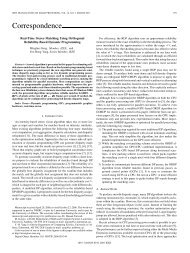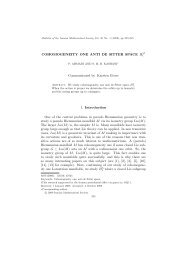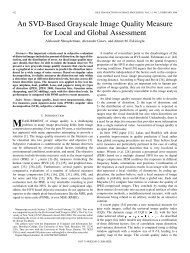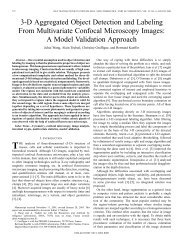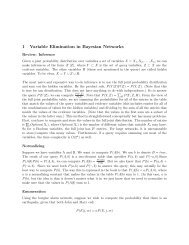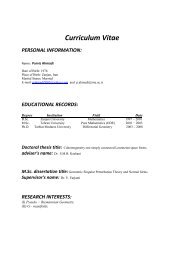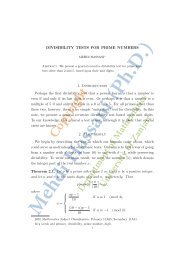Essentials of Planning and Managing by Objectives
Essentials of Planning and Managing by Objectives
Essentials of Planning and Managing by Objectives
You also want an ePaper? Increase the reach of your titles
YUMPU automatically turns print PDFs into web optimized ePapers that Google loves.
Summary<strong>Planning</strong> involves selecting the missions <strong>and</strong> objectives as well as the actions toachieve them. It requires decision making, which means choosing a futurecourse <strong>of</strong> action from among alternatives. <strong>Planning</strong> <strong>and</strong> controlling are closelyinterrelated, although they are discussed separately in this book There are manytypes <strong>of</strong> plans, such as missions or purposes, objectives or goals, strategies, policies,procedures, rules, programs, <strong>and</strong> budgets. Once an opportunity is recognized, amanager plans rationally <strong>by</strong> establishing objectives, making assumptions (premises)about the present <strong>and</strong> future environment, finding <strong>and</strong> evaluating alternative courses <strong>of</strong>action, <strong>and</strong> choosing a course to follow. Next, the manager must make supportingplans <strong>and</strong> devise a budget. These activities must be carried out with attention to thetotal environment. Short-range plans must <strong>of</strong> course be coordinated with long-rangeplans.<strong>Objectives</strong> are the end points toward which activities are aimed. <strong>Objectives</strong> areverifiable if it is possible, at the end <strong>of</strong> the period, to determine whether they havebeen accomplished. <strong>Objectives</strong> form a hierarchy, starting from corporate missions orpurposes going down to individual goals. Managers can best determine the number<strong>of</strong> objectives they should realistically set for themselves <strong>by</strong> analyzing the nature <strong>of</strong>the job <strong>and</strong> how much they can do themselves <strong>and</strong> how much they can delegate. Inany case, managers should know the relative importance <strong>of</strong> each <strong>of</strong> their goals.Management <strong>by</strong> objectives (MBO) has been widely used for performanceappraisal <strong>and</strong> employee motivation, but it is really a system <strong>of</strong> managing. Among itsbenefits, MBO results in better managing, <strong>of</strong>ten forces managers to clarify thestructure <strong>of</strong> their organizations, encourages people to commit themselves to theirgoals, <strong>and</strong> helps develop effective controls.Some <strong>of</strong> its weaknesses are that managers sometimes fail to explain thephilosophy <strong>of</strong> MBO (which emphasizes self-control <strong>and</strong> self-direction) tosubordinates or give them guidelines for their goal setting. In addition, goalsthemselves are difficult to set, tend to be short-term, <strong>and</strong> may become inflexibledespite changes in the environment. People, in their search for verifiability, mayoveremphasize quantifiable goals.






